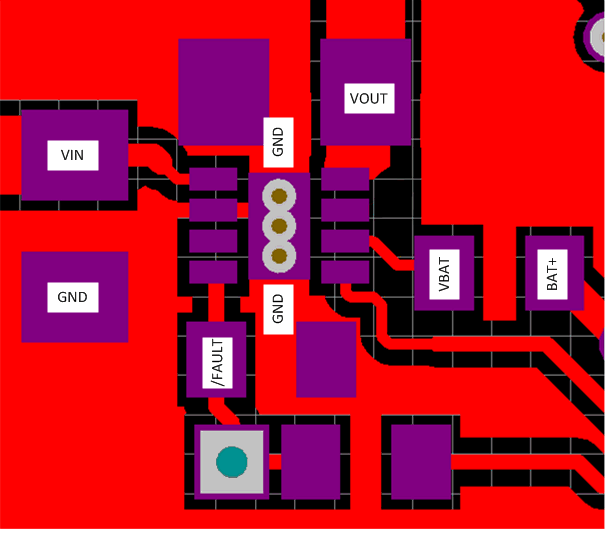SLUS805C April 2008 – August 2015
PRODUCTION DATA.
- 1 Features
- 2 Applications
- 3 Description
- 4 Revision History
- 5 Pin Configuration and Functions
- 6 Specifications
- 7 Detailed Description
- 8 Application and Implementation
- 9 Power Supply Recommendations
- 10Layout
- 11Device and Documentation Support
- 12Mechanical, Packaging, and Orderable Information
Package Options
Mechanical Data (Package|Pins)
- DSG|8
Thermal pad, mechanical data (Package|Pins)
- DSG|8
Orderable Information
10 Layout
10.1 Layout Guidelines
- This device is a protection device and is meant to protect down-stream circuitry from hazardous voltages. Potentially, high voltages may be applied to this device. It has to be ensured that the edge-to-edge clearances of PCB traces satisfy the design rules for the maximum voltages expected to be seen in the system. See Figure 19.
- The device uses WSON packages with a thermal pad. For good thermal performance, the thermal pad must be thermally coupled with the PCB ground plane (GND). In most applications, this requires a copper pad directly under the device. This copper pad must be connected to the ground plane with an array of thermal vias.
- CIN and COUT should be located close to the device. Other components like R(BAT) should also be located close to the device.
10.2 Layout Example
 Figure 19. Layout Example Recommendation
Figure 19. Layout Example Recommendation